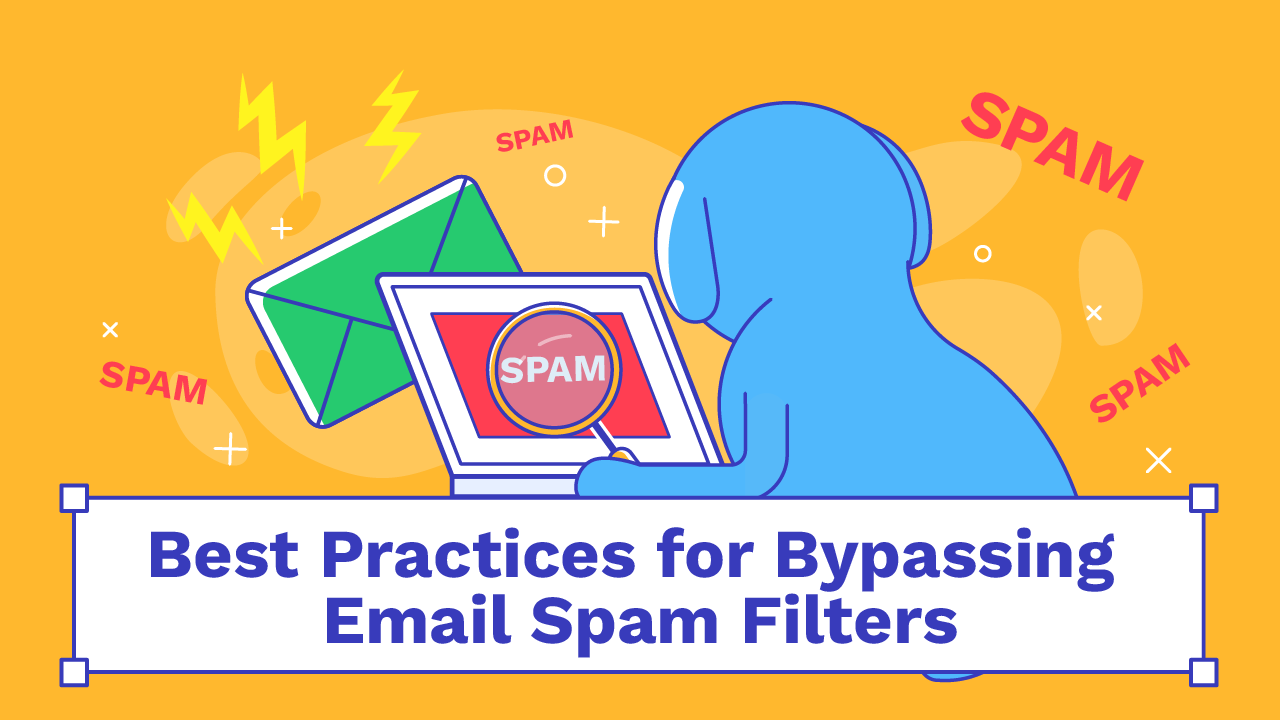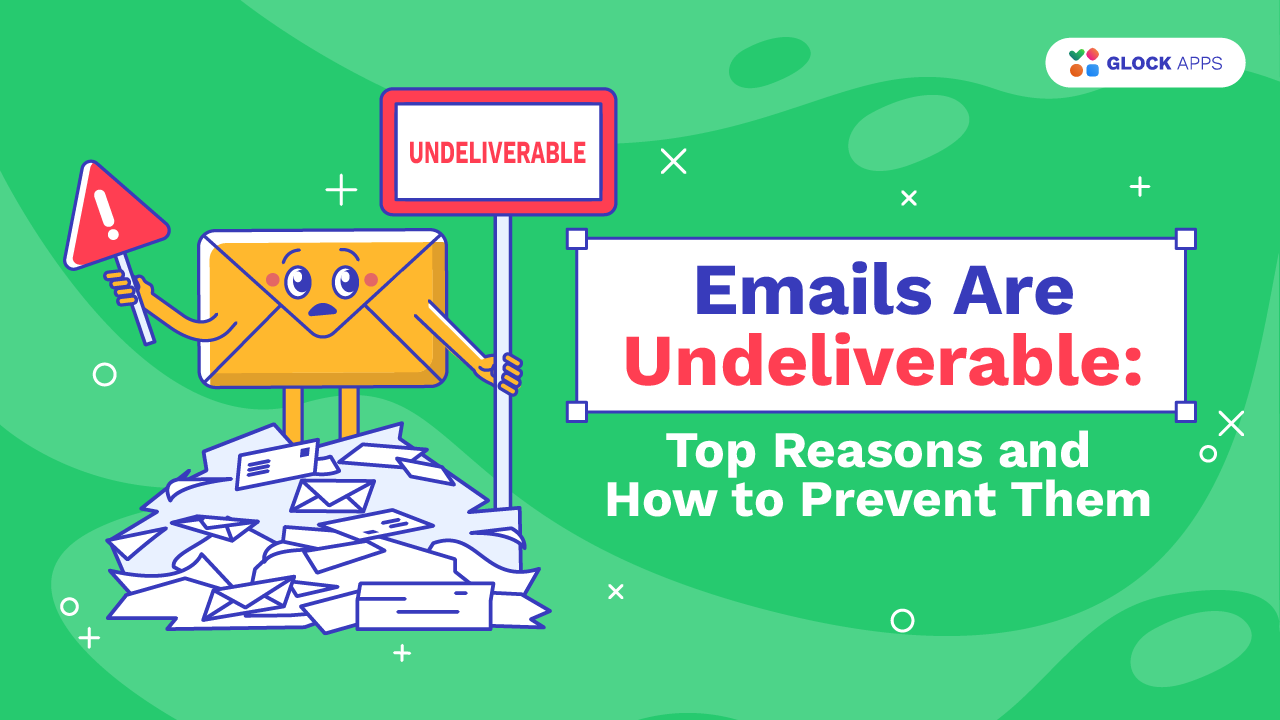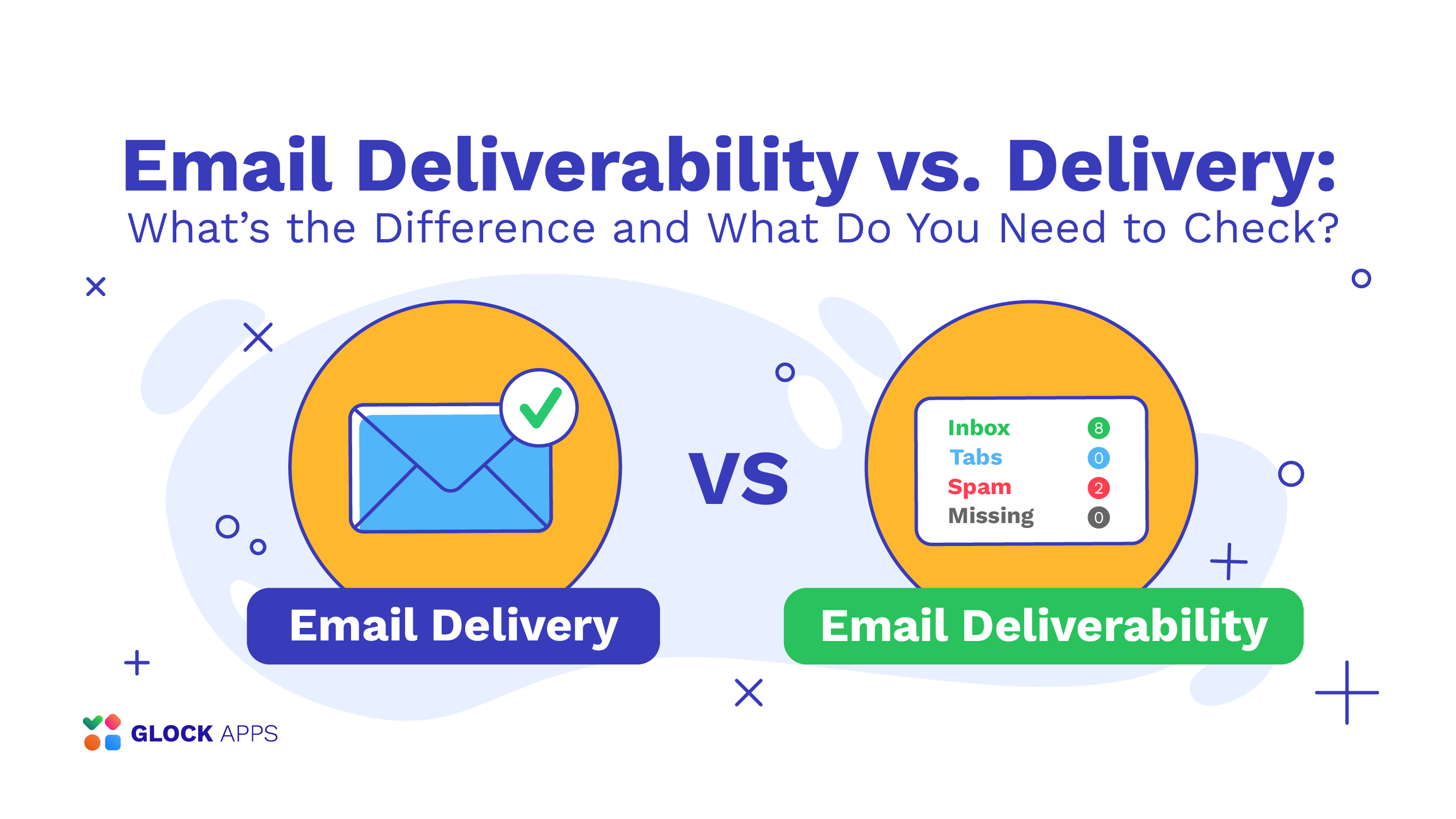Why Are My Emails Going to Spam? 10 Tips to Land in the Inbox

Estimated reading time: 6 minutes
If you’ve ever asked yourself, “Why are my emails going to spam?”, you’re not alone. Email deliverability remains one of the biggest challenges for businesses in 2025. According to the Q2 2025 Email Deliverability Statistics Report by GlockApps, inbox placement rates vary dramatically depending on mailbox provider, email volume, and sending platform. For instance:
- Gmail inbox placement improved to 56.27% in Q2 (up from 53.70% in Q1).
- Yahoo rose to 47.93% (from 40.97%).
- Outlook remains more difficult, with just 31.75% inbox placement.
- Senders delivering over 1 million emails per month averaged only 26.54% inbox placement, showing how bulk volume can drag deliverability down.
These numbers highlight a sobering reality: even legitimate messages often miss the inbox. So, if your emails go to spam, you’re competing against global trends. But the good news is this: by following proven best practices, you can significantly improve inbox placement and stop your emails from going to junk.
Why Is My Email Going to Spam?
Mailbox providers like Gmail, Outlook, and Yahoo handle billions of emails daily. To protect their users, they rely on spam filters that analyze both technical and behavioral signals. When your emails go to spam, it usually comes down to one of three reasons:
- Your sender reputation is weak.
If your domain or IP has been used for questionable sends or shares an IP that others have abused, providers will assume risk. Reputation isn’t just about what you do; it’s also impacted by the behavior of others if you share infrastructure. - Low engagement from your audience.
Not getting clicks or replies tells Gmail, Yahoo, and others: “This content isn’t wanted.” Over time, that causes more sends of yours to go to spam or promotions instead of inbox. - Subscriber complaints and spam flags.
If people regularly hit “report spam,” even a small percentage, that raises red flags. Once complaint rates or bounce rates climb, future emails are more likely to be filtered out.
How to Prevent Emails from Going to Spam
1. Authenticate Your Domain.
SPF, DKIM, and DMARC aren’t optional, they’re required. Without them, mailbox providers like Gmail default to distrust. In fact, in 2025, Gmail and Yahoo bulk sender policies mandate proper authentication.
2. Build and Protect Your Sender Reputation.
Your sender reputation is like a credit score. If too many recipients mark your messages as spam or if you send to bad addresses, your score drops. Once that happens, your emails go to spam automatically, even if your content is clean. To maintain a healthy reputation:
- Avoid purchased or scraped lists.
- Keep complaint rates under 0.1%.
- Maintain consistent sending patterns.
- Consider using a dedicated IP address if you send large volumes, so your reputation isn’t affected by other senders sharing the same IP.
3. Use a Trustworthy Email Platform.
Choose an email service provider (ESP) that takes deliverability seriously. A good ESP helps protect your sending domain, keeps IP reputation healthy, and provides tools to monitor bounces, spam complaints, and blocks. Starting with a reliable ESP gives you a foundation to stop emails from going to spam before you even send the first campaign.
4. Use Double Opt-In for New Subscribers.
Using double opt-in (having new signups confirm via email) ensures that you have real, interested people on your list. It filters out fake, mistyped, or malicious addresses. This not only improves engagement but helps reduce spam complaints, one of the key signals email providers use.
5. Avoid Spam Traps by Validating Your List.
Spam traps are addresses that no real person interacts with. They’re used to detect careless senders. If you send to a trap, you burn your reputation. Using verification tools to clean out invalid or recycled addresses saves you from this risk.
6. Regularly Purge Inactive or Hard-to-Reach Recipients.
Not all inactive users are worth keeping. Identify people who haven’t engaged in 6-12+ months and try a re-activation email. If they do not respond, remove them. Reducing inactive or unresponsive contacts helps improve open rates and decreases the chances that emails go to spam.
7. Ask Subscribers to Whitelist You.
Right after someone subscribes, prompt them to add your email address to their safe-senders or contacts list. This small step sends signals to inbox providers that people want your messages. It helps reduce the chances your content will be filtered into spam.
8. Test Deliverability Before Sending.
Even if you follow every best practice, there’s no guarantee your emails won’t still land in spam for certain providers. That’s why testing is critical. A deliverability tool like GlockApps lets you send to a seed list that “mimics” real inboxes across Gmail, Outlook, Yahoo, and others. You’ll see whether your messages are hitting the inbox or the spam folder before you mail your entire list.
This extra step gives you actionable insights to stop emails from going to junk and make changes proactively, ensuring your campaigns reach as many subscribers as possible.
9. Provide a One-Click Unsubscribe Option.
An easy unsubscribe link isn’t just good manners, it will protect you against spam reports. If someone can’t find an easy way out, they may mark your email as spam instead. Including “List-Unsubscribe” headers also helps with compliance and deliverability.
10. Focus on Content That People Want to Read.
Sending regular, relevant, helpful content is key. If your subscribers open, read, reply, or forward, those are positive engagement signals. If instead you send too many messages that some people don’t want, your content gets ignored or marked as spam, worsening your overall deliverability.
Conclusion
If you’re struggling with how to stop emails from going to spam, know that building trust is a gradual process. Authenticate your sends, test the deliverability, maintain clean lists, engage your readers, and always test. The better your reputation, content, and subscriber relationships, the more reliably your emails will land in the inbox.
FAQ
Your emails may go to spam because of poor authentication (missing SPF, DKIM, or DMARC), low engagement from subscribers, a damaged sender reputation, or spam-like content.
You can stop emails from going to junk by authenticating your domain, cleaning your email list regularly, writing clear subject lines, and sending relevant content that people want to open.
To prevent emails from going to spam in Gmail, encourage subscribers to add you to their contacts, send engaging content, use a recognizable sender name, and ensure your authentication records are set correctly.
The best way is to combine good technical practices (authentication, domain reputation, proper unsubscribe links) with good audience practices (list hygiene, personalization, relevant content).



